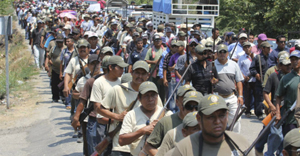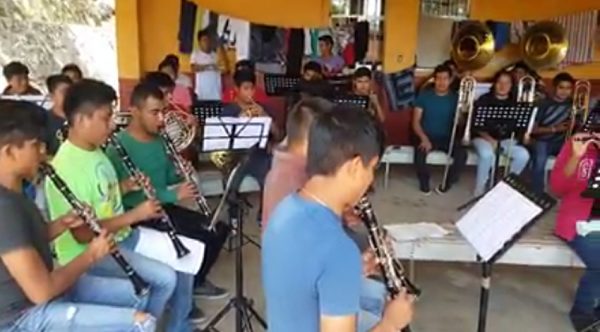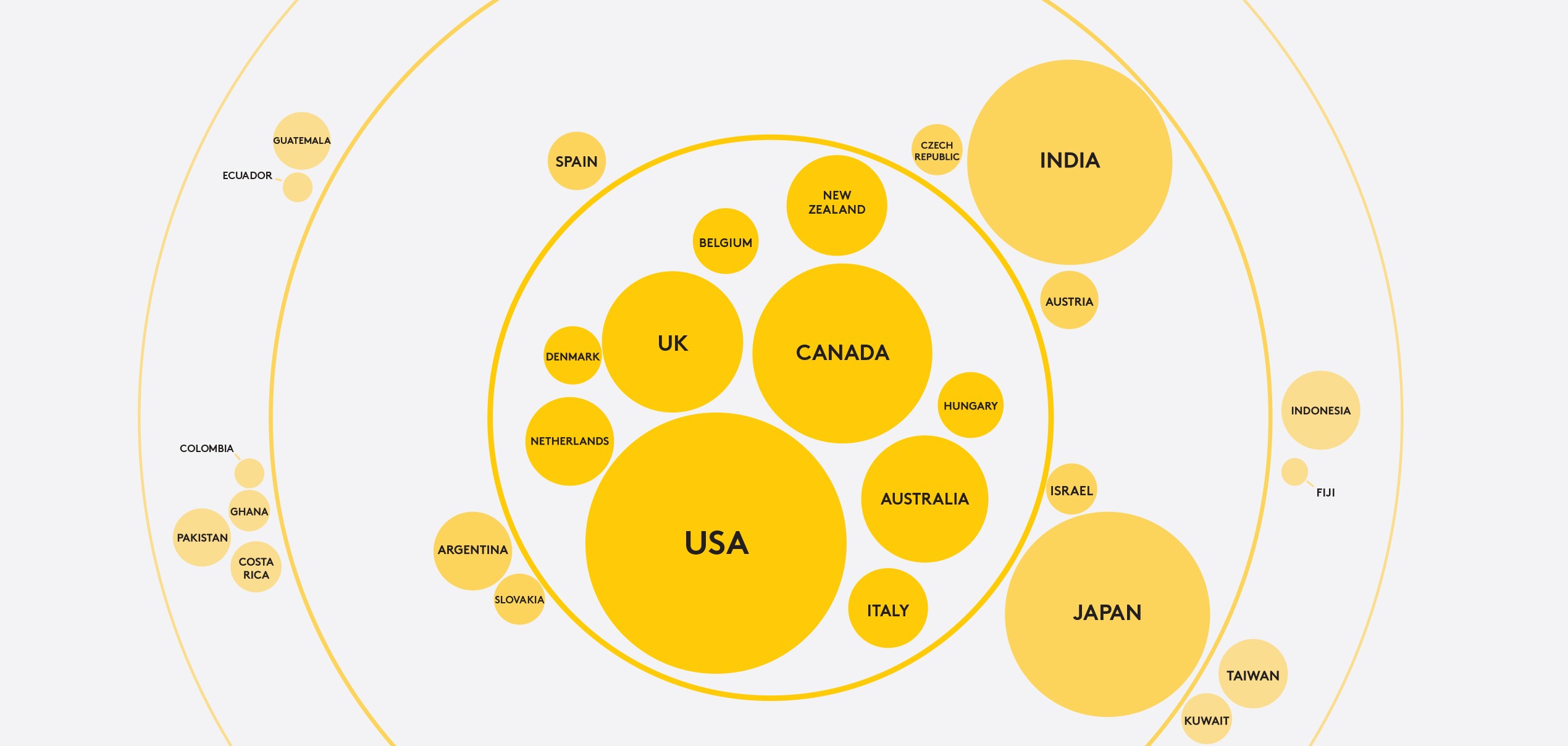It would seem that the gates of hell had let out the most evil souls to come to harm and create confusion among peaceful and honorable mankind – only to do harm. In this case, the victim turned out to be a humble street vendor named Benjamin Ramírez, 24.
Like thousands of Facebook users who first saw the video taken by the victim – and uploaded to Facebook by his mother, Imelda Reyes – who shows a man accompanied by a woman with a dog, offend, humiliate and throw the source of work of a young man on the street, turning his cart where he sells his merchandise to live, I was astonished. And all because he blocked the sidewalk with his food cart.
“How cold and mean are those people!” I said, if you can call them people.
And just two days after having dumped the cart with its merchandise of elotes (corns) and its bottled ingredients, on Hollywood Boulevard in the city of Los Angeles, the video has been visited by more than 8.3 million.
Meanwhile, the young Mexican man has received a great unexpected and deserved solidarity and support in social networks and newsreels, condemning the action.
And not only that, but he also has received offers of monetary aid, which no doubt will contribute to enhance his small family business – so to make the Argentinean jealous.
In some messages, the aggressor, who was identified as Carlos A. Hakas and regrettably born in Argentina and known to be a musician, has been classified as the most hated man in social media.
I can already imagine the permanent damage that will bring to the name of this poor wretch – especially in the musical environment, for whome I feel only pity.
Very little is known about Latinos – although there are some out there – who bring out from the closet this type of hatred towards people of their own community and who are exposed in front of millions of people. But why did he do this? It only occurs to me that he suffers from a high degree of psychopathy.
And I wonder, where and with whom has this man grown up to have such feelings, such wild and insensitive behavior towards a humble young man who was not doing anything to him?
It’s amazing how fast the news runs on social networks using a simple video taken from a cell phone and within a few hours of having happened, to have been seen and touched the sensitivity of thousands of people, and how quickly have been discovered the identity of this individual, where he lives since he his identity.
According to some unconfirmed reports, police detained Hakas after the incident and after interrogating him they let him go, but is again being sought for another incident he would have had with another man working in the same neighborhood.
In an interview with ABC7 the victim said that he already had three previous confrontations with the couple that opposes him to sell in that corner, but this time wen beyond words. Before, the man had already threatened him.
In an article titled, Musician Carlos A. Hakas could learn a thing or two about love, published on DeeDee Garcia Blase’s network Huffpost, contributor co-founder of Somos Independents – National Mexican-American Woman-led Get Out The Vote orgaqnization, she said:
“Normally, when a person thinks of a great musician or a legendary musician, we think of people like Bob Marley, John Lennon, Jimi Hendrix, Selena or the like. Clearly their music was inspired by love for their peers …“
He added: “However, it seems that musician Carlos A. Hakas should probably learn one or two things about love – you know, the kind of love that John Lennon and Jimi Hendrix wrote.
In a commentary on the site, Hernández, CEO of Latin Heat Entertainment wrote:
“Carlos A Hakas – You cannot do what you did to that food seller! You deserve all the bad karma you’re getting … maybe next time you’ll see other people with respect … because what you did deserves no respect.“
TG Williams wrote:
“A racist bullying. I have seen your video, and I am a native of America, and my ancestors include the first illegal immigrants of Spain. I am ashamed of the humanity of this person, and your art is negligent if it does not speak to humanity. (You) a failed human being, and a failed musician.“
Alejandro Venegas wrote:
“… you’re a piece of sh… messing up with those in your own community, because people like you is why this country is the way it is. You should be helping people like him who work hard every day and work hard to put food on the family table, this should be a lesson so that you do no more harm, because karma is going to get back to you.“
Karina Morales wrote:
“I hope your career dies and you have to be on the streets selling corn and that way you learn how difficult it is.”
To hate this man for his xenophobic action is to bring upon oourselves the karma that would be his own by nature; that is why we must forgive him, for he did not know what awaited him or what will await him by his action.
And for the victim: “There is no evil that for good does not come”. It will turn into a blessing for you.









